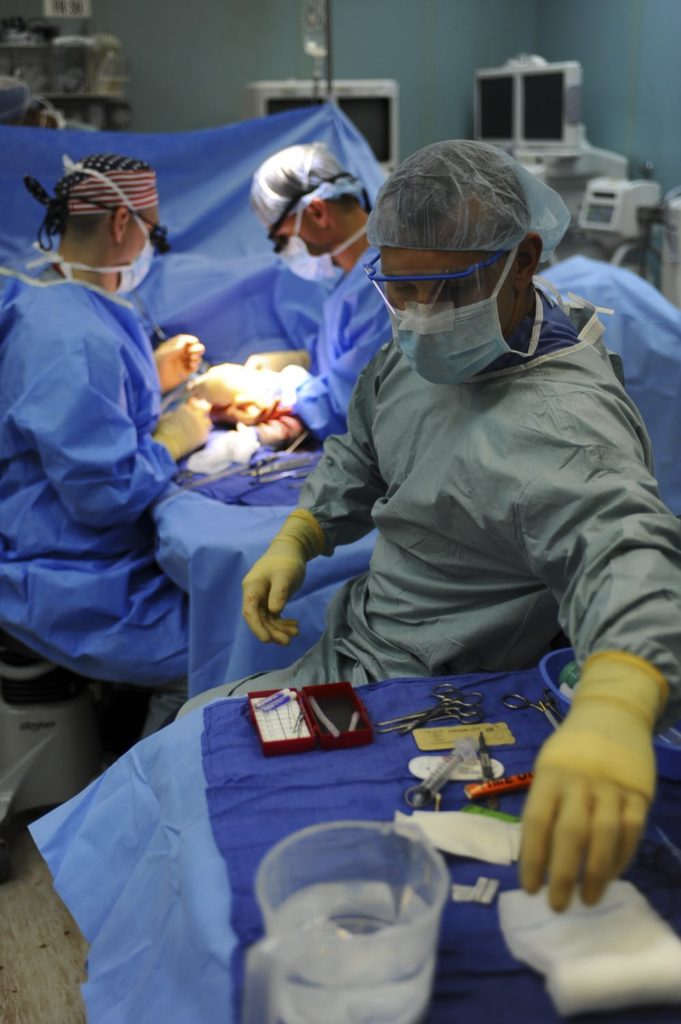Antimicrobial resistance and Global health issues

Written by: Kartik C Guchhait, Research Scholar; Edited by: Subha N Sarcar, Ph.D. – neucrad health, Republished on November 23, 2022
Unregulated use of anti-microbial agents in food animals many a time causes resistance among animal pathogens and the commensal bacteria residing in those animals. These resistant mutated version of bacteria may be transferred from food animals to humans by various means – through the food supply and following contact with animals and their manures [1]. Bacterial resistance to several conventional antibiotics, is becoming an emergent issue in modern civilization, all over the world which results in making these bacteria more virulent. Increasing antimicrobial resistance poses a major threat to public health as it reduces the efficacy of antimicrobial substances in therapeutics, thereby leading to increased mortality, and health care expenditure [2,3]. Use of antibiotics in an uncontrolled way in animal husbandry is one of the major reasons for the development of antibiotic resistance. This form of resistance in bacteria is achieved through horizontal gene transfer mechanisms [4]. The factors responsible for the development of anti-microbial resistance include over-the-counter availability of antimicrobial products, poor manufacturing and the availability of drugs from those peoples who have little or no knowledge of dosage regimens, indications or contraindications. Antimicrobial resistance has become a threat to the scientific world in the last decade, rendering most antibiotics obsolete. Approximately 50-70% of the common gram-negative isolates have become multidrug resistant. First line drugs recommended by WHO, namely, ampicillin, gentamicin, and third generation cephalosporins such as cefotaxime have lost their effectiveness [3].
Emergence of antimicrobial resistant microbial strains makes the treatment of life-threatening infections more difficult, and at the same time it also put the foundation of modern healthcare at risk. Most of the major surgical procedures, such as appendectomies, joint replacements, coronary bypasses etc. depend on antibiotic prophylaxis, to combat post-operative issues. If effective antimicrobials are not found, such routine treatment procedures will create several unwanted issues [5,6]. In a report by “The Review on Antimicrobial Resistance”, UK Government and the “Welcome Trust”, incidence of deaths caused by antibiotic resistant infections, is projected to increase to 10 million people per year by 2050. According to the 2015 summary report by FDA, more than 70% of the medically important antibiotics are sold and used in live stocks. Unregulated and uneducated use of such antibiotics in the agricultural fields leads to bacterial strains becoming resistant toward these antibiotics. Such resistant microbes can be transmitted directly to humans in close contact with livestock, particularly farmers. These infections can also be transmitted during the preparation and consumption of such infected meat, and thus spreads in the surrounding environment after excretion through stool [7]. If we want to see a post-antibiotic era, this global issue must be taken with serious consideration.
Kartik Chandra Guchhait
Author of this article
He is a research scholar, Dept. of Human Physiology, Vidyasagar University, WB, India.
References:
- Ali, J., Rafiq, Q. A., and Ratcliffe, E. (2018) Antimicrobial resistance mechanisms and potential synthetic treatments. Future Sci OA 4, FSO290.
- Coast J, Smith R, Miller M. Superbugs: should antimicrobial resistance be included as a cost in economic evaluation? Health Economics 1996;5:217-26.
- Holmberg S, Solomon S, Blake P. Health and economic impacts of antimicrobial resistance. Review of Infectious Diseases 1987;9:1065-78
- Davies, J., and Davies, D. (2010) Origins and evolution of antibiotic resistance. Microbiol. Mol. Biol. Rev. 74, 417–433.
- Muniesa, M., Colomer-Lluch, M., and Jofre, J. (2013) Potential impact of environmental bacteriophages in spreading antibiotic resistance genes. Future Microbiol. 8, 739–751.
- Kaldec R, Zelicoff A, Vrtis A. Biological weapons control: prospects and implications for the future. Journal of the American Medical Association 1997; 278:351-6.
- Executive Order—Combating antibiotic-resistant bacteria [news release]. September 18, 2014. http://www.whitehouse. gov/the-press-office/2014/09/18/executive-order-combatingantibiotic-resistant-bacteria. Accessed March 12, 2015.







Thank you Sir for giving such plateform to explore as well as to enrich our knowledge….
Nice post mr. Kartik
Appreciation from ACBR DELHI UNIVERSITY
Nice article..
It looks great. It is written very good.